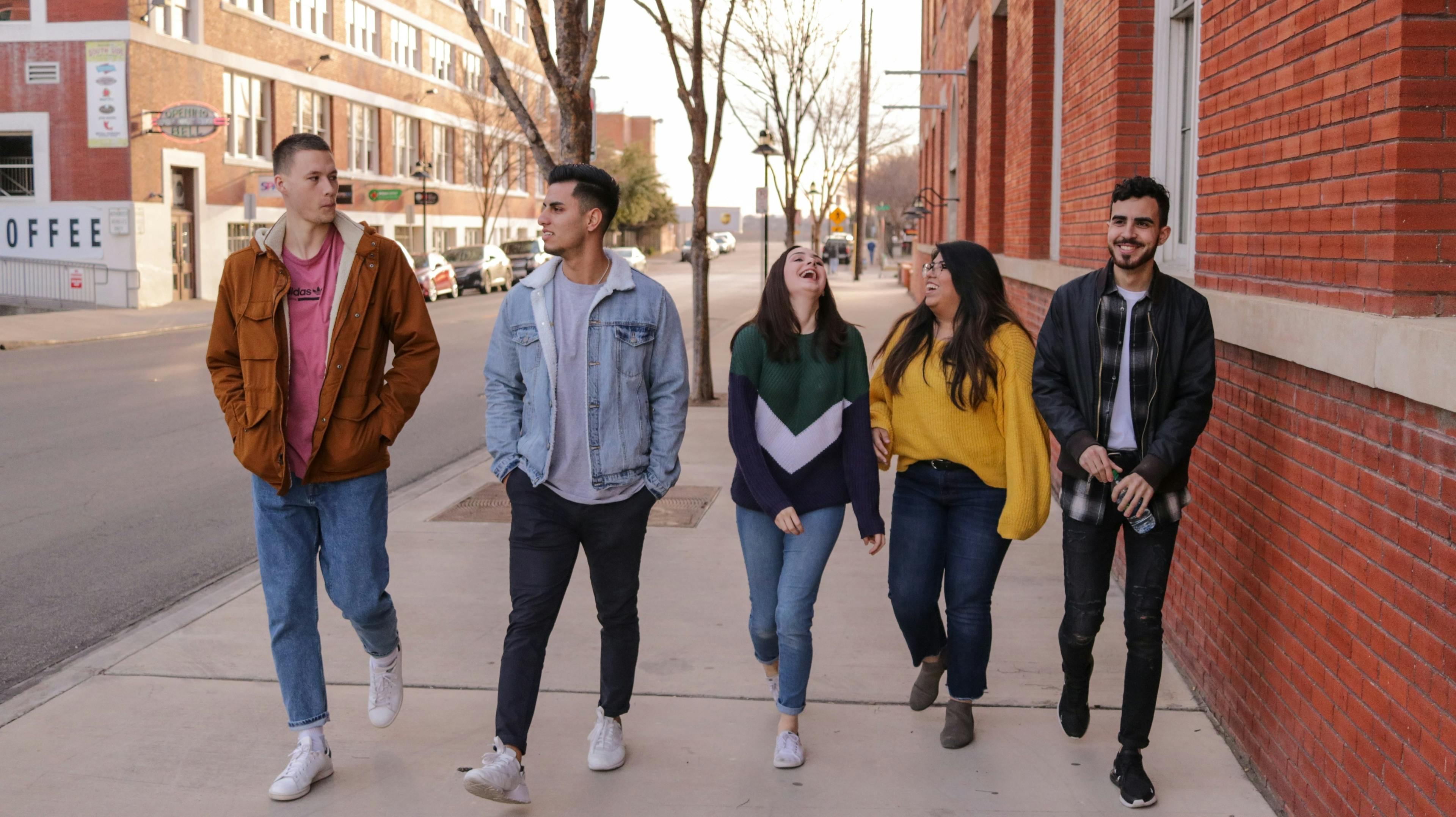How to Run a Successful Student Ambassador Program

My experience as an International Student Buddy, then later coordinating a buddy program, was essentially a mix bag of trial and error and student feedback, while making adjustments along the way. With that, the program went from serving maybe 30 of the incoming new students to later average between 70 and 90.
The structure was skeletal, but it was organic and had a lot of motion, which made it ripe for change. I began coordinating the program during a time when the school was attempting to ramp up support for international students.
Here is what I learned about running a successful buddy program.
Listen to students
This is first because it is the most important. Since I was in International Student Services and International Admissions, I spent a lot of time talking to students one-on-one or in groups, listening to everything from about their day to issues they are having in their classes or with their roommates.
All of this, combined with routine surveys with buddies and students, really helped me define what was best for the international student experience. I also had to be flexible, as each year, the group of international students had different wants and needs in order to be successful.
Be flexible and student-centered
What students need and want changes every year, and in some cases every semester.
It’s important to have the flexibility to change and adapt. By really listening to the student, I was empowered to work with and against structures in the school.
The work should always be student-centered and any time the administration makes changes, you should ask: “How does this benefit the students/international students?”
If it does not, this is where you have to decide to be a vocal advocate and remind the administration that you were hired to support the students. Have those surveys handy and your anecdotes from your conversations with students.
Center your Buddy training and selection using best practices from DEI
International students are not a monolith. Just like domestic students are diverse in many ways, so are international students. I have worked with students from over 60 countries, of many races, ethnicities, gender identities, sexual orientations, religions and all combinations of any of those and others. They are also adjusting to social structure that can be very different from their own.
During the interview process (which was extensive), I asked questions related to how students work with those different from themselves and how they value social justice.
I even had group interviews in which students had to work together to improve a condition for a marginalized group (colleagues from other departments also helped with the selection process). Centering the training and interview process helped me continually select a strong group of buddies who genuinely wanted to support the new international students.
Be cross-departmental
Working across departments to create the training not only provided a robust, resource-filled bonding experience for the buddies, but also it helped me connect with departments for my day-to-day work.
By working in a cross-departmental way, I found that many at the school began to better understand what International Student Services and Global Education did.
Provide a simple way for buddies to communicate with new students
Since a platform like Unibuddy was not available at my institution, students communicated using all kinds of messaging apps and had to self report for our tracking purposes and to troubleshoot when issues arose, like complicated questions. I also had to manually put into Slate which students had a buddy and which didn’t.
I made it work, but it was a lot of, well, work.
Something like Unibuddy would’ve been perfect since it integrates with Slate and other CRMs and I can manage everything from one spot. Plus, with Unibuddy a student can select who they want to talk to – giving them more of a say in who they would like to help them connect to the school.


